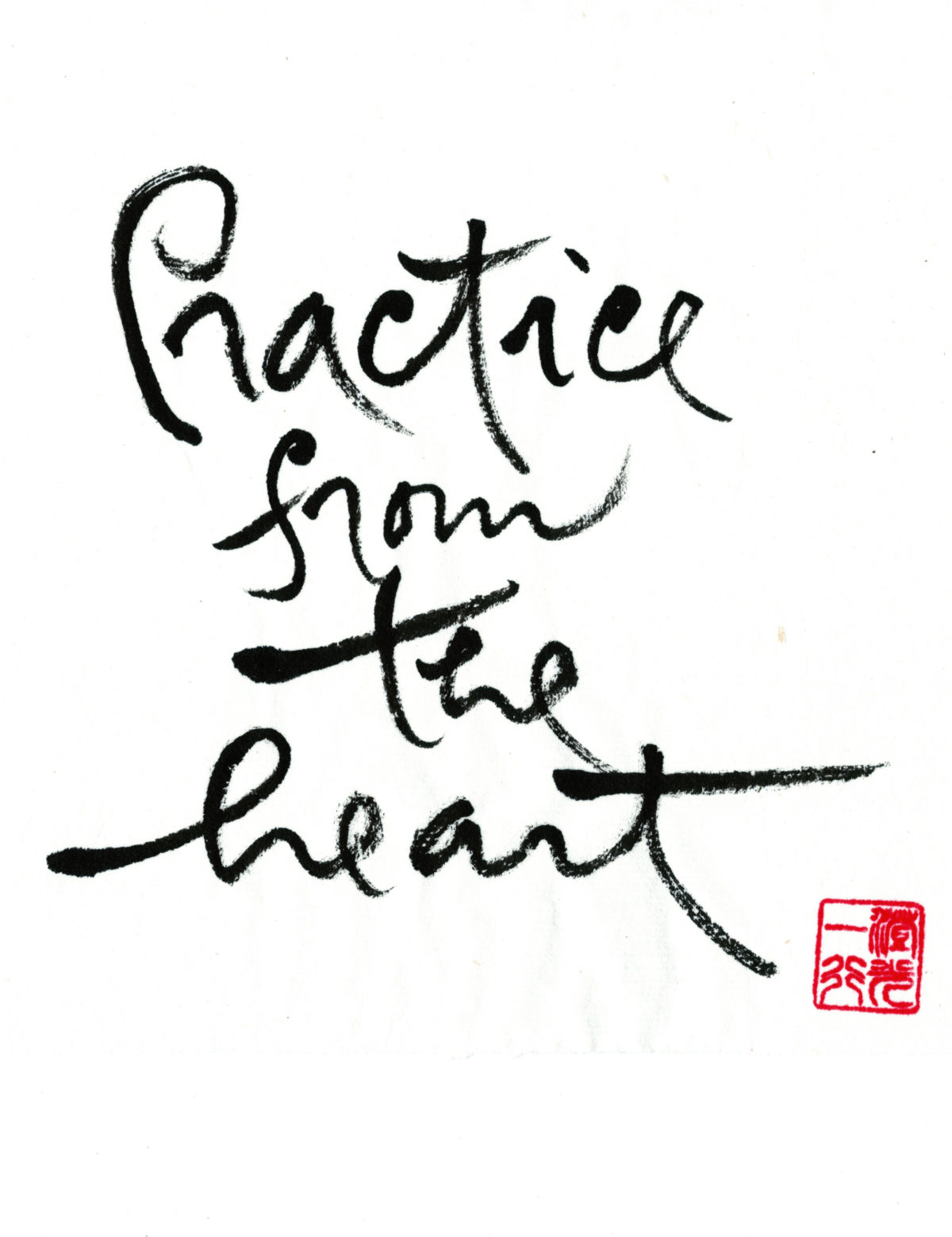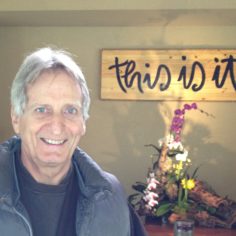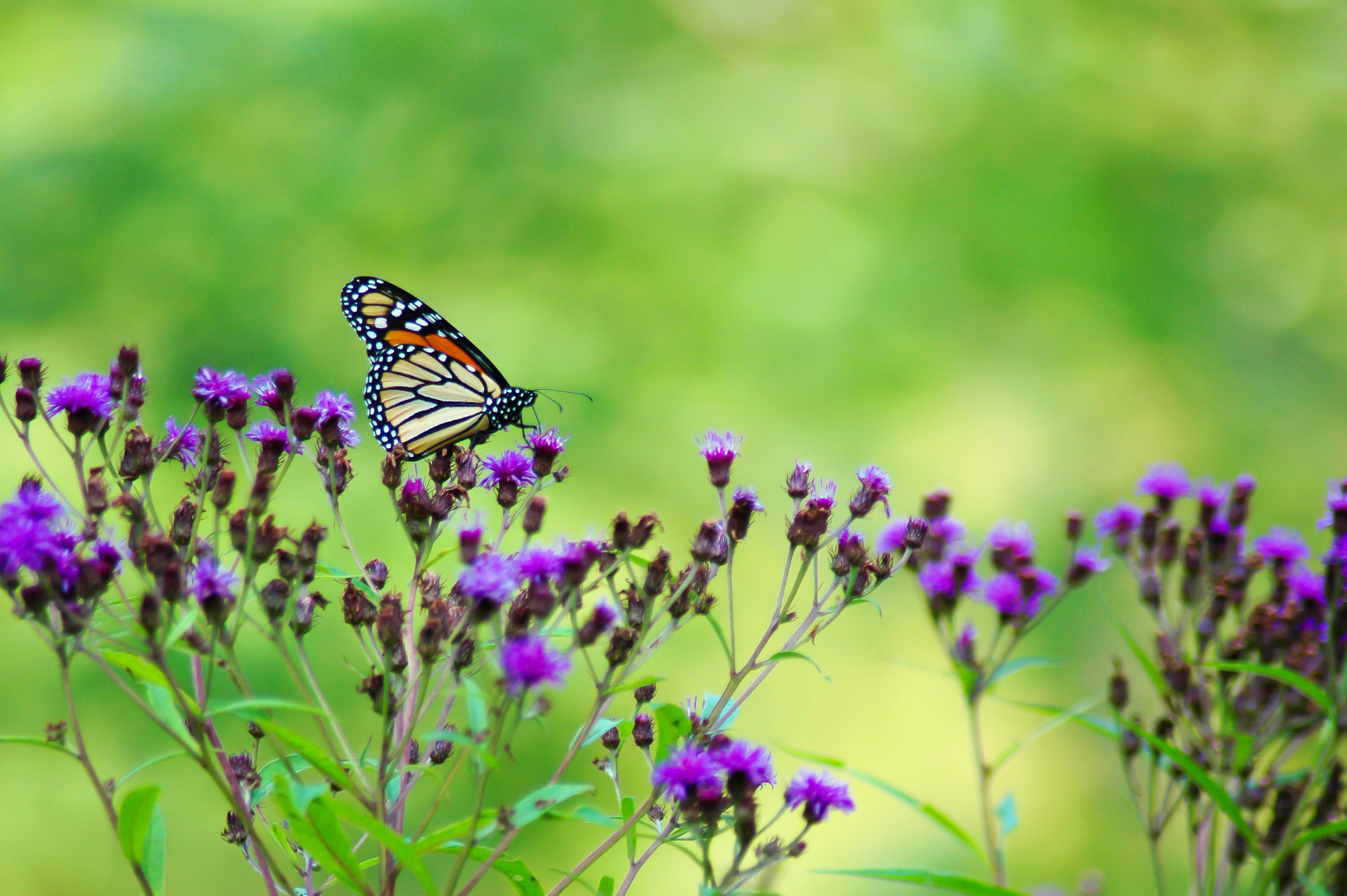Dharma Talk to White Practitioners
By John Bell in June 2018

“Exploring White Awareness” Day of Mindfulness
November 2017
We are amazing, determined, generous, kind, compassionate human beings who deserve nothing less than complete respect and appreciation for the ways we try to be aware of and counteract racism and diminish our own part in it.
Dharma Talk to White Practitioners
By John Bell in June 2018

“Exploring White Awareness” Day of Mindfulness
November 2017
We are amazing, determined, generous, kind, compassionate human beings who deserve nothing less than complete respect and appreciation for the ways we try to be aware of and counteract racism and diminish our own part in it. Even when we fail to achieve our deepest aspirations, we deserve self-forgiveness. Thorough conditioning has separated us from our sisters and brothers of color. When it is safe enough, most of us can touch our broken-heartedness about this separation.
We are white people but have other identities around gender, sexual identity, class, religious traditions, nationality, political orientation, age, and so on. Each identity comes with its personal and collective suffering, oppression, or privilege. In many ways, we have suffered, been hurt, marginalized, disrespected, or discriminated against. Suffering exists. But, through no fault or merit of our own, our status as white people endows us with advantages and privileges. While we might need to speak about our social oppression or mistreatment, white awareness work focuses primarily on the advantages and impact of white inheritance.
It may help to remember the ultimate and historical dimensions. In the ultimate dimension, each of us is already home, plugged into the Source or Buddha nature; each of us is unhurt, radiant, a source of love, compassion, and wisdom. In the historical dimension, we have been thoroughly conditioned in habits of separation. We have experienced hurt and hurt others. Being white in this lifetime, we may appreciate and be proud of things accomplished by people of European origins. We may acknowledge noble actions and lives devoted to the common well-being. Being white also can be a source of shame, guilt, defensiveness, or ignorance for terrible things done by white people.
Ending racism and the system of white supremacy is good for people who are not white and for white people. All of us have been deeply harmed by centuries of white supremacy culture. Being aware that it has been a catastrophe for whites, too, shifts the work from being just “for them” to being about liberation and real community for all. This is deep work. Remember to pause, breathe, notice what is arising in the heart, mind, and body. Cultivate kindness for yourself and others.
Here are seven ways white people can help end white racism.
1. Cultivate “Right View”
Right View includes observing, studying, and experiencing the four Noble Truths: suffering, the cause of suffering, the end of suffering, and the path to ending suffering. It includes understanding the wholesome and unwholesome seeds we nourish, and the four kinds of nutriments; understanding impermanence and inter-being; knowing how perceptions and mental formations shape our awareness.
In relation to racial inequity and white supremacy, Right View might include:
- Remember our goodness as human beings. Know racism is not inherent or permanent. A teacher of mine said: “Racism is like dog poop on your sneaker. It’s not an inherent part of the sneaker. It’s really hard to scrape off from all those crevices in the sneaker. And everywhere you go, it stinks the place up!” But it’s worth the work to get rid of it as best you can.
- Know that race is not biologically real but a constructed notion used to separate and hurt us. The label “white people” was invented in the mid-1600s colonial America to justify a system of exploitation and domination and divide poor whites from poor blacks and indigenous folks.1
- Remember that in the historical dimension, the realities of the lives of people of color are very different from the lives of white people. We are all one in the ultimate sense, but differences in lived experience need to be heard and understood. We need to educate ourselves, learn history, listen deeply.
- Explore who we are in addition to the “white” identity. Thich Nhat Hanh says, “If you look at me and see only a monk, look again. If you look at me and see a Vietnamese man, look again. I am more than these appearances.” All identities are imposed by society. They are not the whole person. In the ultimate dimension, we are inseparable, one with everything, an ever-changing flow of energy. Becoming attached to our historical dimension narrows us. One teacher’s approach to identity: “Claim it. Clean it up. Let it go.”
- Remember being close to people of color is our birthright. Separation has been imposed by white racism. Framing this work as key to liberation from the delusion of separateness is Right View. It also frees us for a more fulfilling and joyful life.
2. Heal Our Own Hurts
All people have suffered because of racism, not to the same extent, but racism diminishes all lives. Nothing can substitute for healing our own suffering. Right View helps. It takes courage and diligent practice.
Our fundamental practice is to slow down, stop, and get in touch with the body. Calmness and stability developed through concentration forms the basis for deep looking at racial suffering. Many white people are more familiar with the suffering that racism causes people of color than we are to the suffering racism causes us.
It’s important to listen deeply to people of color. Read, watch videos, listen to the music and theater by and about people of color. Be willing to be uncomfortable. What we take for granted and don’t even notice is toxic for people of color. People targeted by racism and genocide have suffered immeasurable harm. The Fourth Mindfulness Trainings asks us to get close to the suffering of others to deeply understand and be better prepared to help transform suffering.
Just as important, we have our own healing to do. No matter our class or gender, all white people benefit from being white. And inherent goodness and humanity is intact for all white people. Human beings in our natural form are not the problem. The problem is the delusion of separation.
In the historical dimension, white supremacy culture has harmed people and the earth. Whites have been conditioned to feel dominant, superior, and entitled, and conversely feel shame, guilt, and grief. Over years of working with white people on white racism, I have observed that most white people are aware of the monstrous effects of racism and fear if they open to their complicity, they will reveal themselves to be monstrous too. They sometimes feel defensive, because they never intended to act racist and don’t want to be accused of being evil when they think they have been innocent bystanders. Underneath these fearful or defensive reactions, if the conditions are safe enough, most white people find a broken heart, a well of grief and loss at being separated from people of color in their lives. They feel betrayed by miseducation and disillusioned about our country whose ideals of life, liberty, and the pursuit of happiness were incomplete, built on genocide and slavery and inadequate to change conditions.
Healing from early hurt helps us recover our natural power, our true nature. As children we were powerless. We saw and experienced things we could not stop. Some things were too big for us to change. We internalized early feelings of powerlessness. Now, we project it onto current challenges and decide this is too big. Releasing these old feelings of powerlessness, we have more capacity to engage in ending racism.
This level of healing has meant cultivating a listening partner who provides the safety and encouragement for me to let my heart break open so I can cry, shake and feel fear, and let anger arise in a contained space. Recognizing our feelings is one step. Embracing them includes exploring their roots and letting have their full expression within a protected space. “Breathing in, I know I am crying. Breathing out, I smile to my tears.”
3. Build Empathy with White People
Many white people in the United States are hurting. Correctly or incorrectly, many low-income white people feel threatened, denied the “American Dream,” left behind, and marginalized partly by the wave of rights and benefits they see being accorded to people of color and other groups. White people are vulnerable to being misled into blaming those feelings and conditions on people of color, the government, the “rigged system,” the “fake” news media, or of supporting a demagogue who promises to make it all right.
In this atmosphere, can we each speak to other white people about our goodness and intactness as white human beings? Can we speak to each person’s deepest aspirations; know that each person, given the infinite causes and conditions that shaped their life, has always done the best they can, and deserves nothing less than appreciation and kindness? This does not mean allowing inhuman and unjust behavior to continue. It means we always hold out for human transformation and redemption, without blame or permanent rejection.
Empathy for other white people, especially those who seem different, emerges as we practice deep listening and reaching out. People have their own story. I learned a lot from reading Strangers in Their Own Land by Arlie Hochshield, who spent a year living among Trump supporters in the Louisiana bayous.
We can practice right speech, not adding to polarization and demonization. We can be respectful and curious about others’ lives. We can care about each other as white people, validate, and appreciate each other. We can find common ground, work on common projects, and aspire to correct misconceptions about people of color.
4. Befriend People of Color
Transforming a racist society is not just about changing laws, policies, and institutions. It’s also personal. It requires us to become friends with people of color. We need to make the effort, go out of our way, experience the possible awkwardness of reaching out. It asks us to be curious, risk making mistakes, assume inherent connection as humans, acknowledge our ignorance and white privilege.
5. Stand with People of Color
We are invited to learn the many ways to be effective white allies. We might:
- Speak out against local anti-Muslim speech and action.
- Project immigrants from deportation as best we can.
- Campaign and vote for principled candidates of color.
- Support Black Lives Matter and other people of color-led racial justice initiatives.
- Join a multi-racial coalition like Rev Barber’s “Poor Peoples Campaign”2 or Van Jones’ “Love Army.”3 Join Showing Up for Racial Justice4, an organization of white allies.
- Advocate for laws, policies, and practices aimed at reducing mass incarceration, housing discrimination, and other forms of racial discrimination and inequity.
- Share access and resources with people of color and organizations that benefit them whenever possible.
6. Make Common Cause with People
Racism does not stand alone. It “inter-is” with everything. All of us are affected by racism. We can communicate, in the words of a South African anti-apartheid chant, “an injury to one is an injury to all.”
Be willing to take private and public stands with oppressed groups in their social justice efforts. As an early teacher of mine and the founder of an international peer counseling network said: “Liberation of any group will only be complete when all oppressed groups are liberated. We can’t make it all the way without all of us.”
7. Do the Work in Our Communities
Lastly, I want to talk a little about our own Plum Village community, which we love dearly. Except for the Vietnamese Sanghas and a handful of people of color Sanghas, our North American Sanghas are “white spaces.” Our Days of Mindfulness and retreats are predominately white spaces. Our Order of Interbeing members and Dharma Teachers are overwhelmingly white and create white spaces, structures, procedures. This white space is invisible to most white people—it’s the norm. Being the norm is a key aspect of white privilege.
This description is not intended to make white practitioners feel guilty or shamed, but to point to the fact of separateness—the fact of unawareness—reflecting the larger culture.
This dominant white space, unconscious for most white people, is consciously painful for people of color who don’t feel welcomed, reflected, or who aren’t in leadership in their precious spiritual community. Thus, many don’t come, don’t stick, or stay but hold back. Those who stick do so with difficulty. Because they love the practice, they wade through the unconscious white privilege to practice, but it takes a toll.
Separation is the deepest wound for all humans. The heart of our practice, as Thay says, is to awaken from separateness. Personal healing and transformation cannot be separated from collective healing and transformation. In North America, racism and white privilege have perpetuated separation and suffering.
My aspiration is that our Plum Village communities deliberately and consciously move to bring racial healing and transformation in from the margins of our community toward the center, so white people can see this as something they are doing for themselves, as well as for others, something integral to their own liberation. I hope by seeing white practitioners embracing white awareness work, making inclusion of marginalized groups a priority, and vigorously promoting people of color into the ranks of the Order of Interbeing and the Dharma Teacher Sangha in North America, people of color will increasingly feel the Plum Village community is their home.
Specifically, Sanghas might:
- Organize “White Awake” study and practice groups for whites in the Sangha.5
- When people of color come to Sangha, learn how to better welcome them and pay attention to them.
- Support people of color forming Sanghas, retreats, leadership pipelines in their own style. Donate to ARISE through the Thich Nhat Hanh Foundation to promote such activities.
Examine and minimize obstacles for people of color in the practice (e.g., insufficient money or time, being in “white space,” no time off work for retreats)
May all beings be free from suffering, be happy, and know they are connected.


